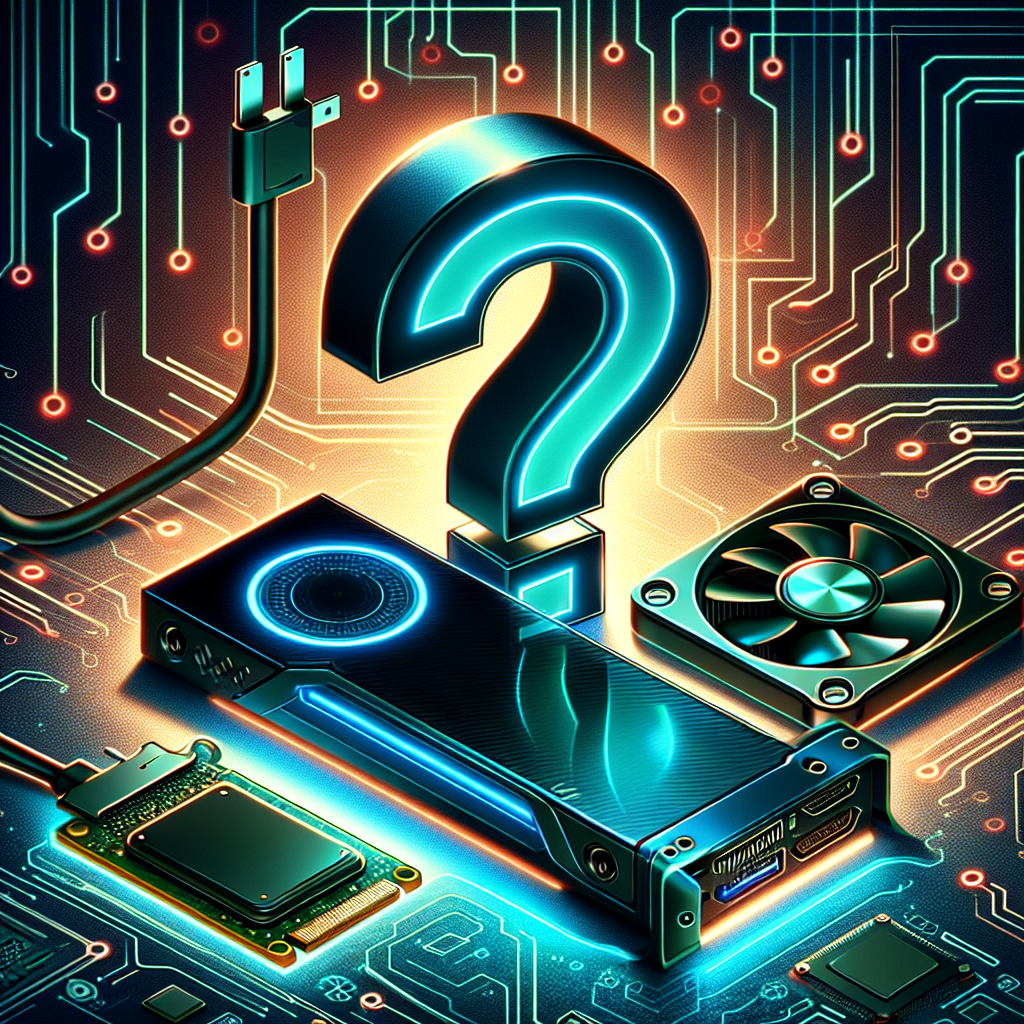Introduction to the OneXplayer Crowdfunding Project
The gaming landscape is continually evolving, with new innovations aiming to enhance the gaming experience. A recent development in this field is the OneXplayer crowdfunding project, which has caught the attention of gamers and tech enthusiasts alike. This project is unique in its offering of an external GPU and SSD combo, designed to augment the capabilities of handheld gaming PCs. However, this ambitious venture also raises questions about the potential performance of such a device, prompting discussions and speculations within the gaming community.
(Image credit: One-Netbook)
OneXplayer’s New Venture
The creators behind the OneXFly have embarked on a new crowdfunding initiative to produce an innovative add-on for their handheld gaming PC. This new venture introduces an external GPU that stands out with an additional feature: an M.2 slot for an SSD, promising to elevate the gaming experience for users.
| OneXplayer’s eGPU | Asus ROG Ally’s ROG XG Mobile |
|---|---|
| Includes an M.2 slot for SSD expansion | Acts as an I/O expansion unit |
| Powered by Radeon RX 7600M XT GPU | Houses a 150W GeForce RTX 4090 Laptop GPU |
Technical Specifications and Connectivity
The OneXGPU is poised to be a game-changer with its Radeon RX 7600M XT GPU, which mirrors the performance of its desktop counterpart, the Radeon RX 7600, albeit with a lower power limit. This similarity suggests that users can expect robust performance from the eGPU, subject to power constraints.
Connectivity is a crucial aspect of the OneXGPU, offering a variety of ports and connections to cater to different needs. Here’s a list of what to expect:
- Two HDMI outputs
- Two DisplayPort outputs
- Two USB Type-A ports
- One USB Type-C port
- One LAN connection
- One OCuLink connection
The connection system’s significance lies in its ability to handle the traffic between the GPU and the integrated M.2 SSD slot, which is a key feature of the OneXGPU. The intricacies of this system will determine the overall efficiency and performance of the device when in use.
Bandwidth and Performance Concerns
One of the primary concerns with the OneXGPU is the potential bandwidth limitation when using a single USB4 connection to handle both GPU and SSD traffic. The SSD, if running on a PCIe 2.0 interface, could be significantly bottlenecked, limiting its throughput to less than 2,000MB/s, which is below the performance of even the slower PCIe 3.0 SSDs.
This raises questions about how the OneXGPU will manage the data flow and whether it can maintain high performance levels. Potential solutions to this problem could involve separate connections for the GPU and SSD or a more advanced use of the available bandwidth.
(Image credit: One-Netbook)
Conclusion: The OneXGPU’s Potential and Questions Unanswered
The OneXGPU stands out with its unique feature of an integrated M.2 slot for NVMe SSDs, offering more than just an external GPU solution. Its potential for compatibility with devices beyond the One-Netbook’s own range could make it a versatile addition to the gaming hardware market.
However, the lack of detailed information about the connection system and how it will manage the combined traffic of the GPU and SSD leaves many questions unanswered. For a product seeking funding through crowdfunding, transparency is crucial. Potential backers need to be well-informed about what they are investing in to make educated decisions.
As the OneXplayer crowdfunding project progresses, it will be essential for One-Netbook to address these concerns and provide the necessary details to assure potential customers of the OneXGPU’s capabilities and performance.

